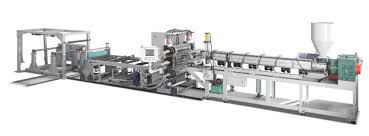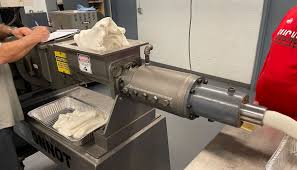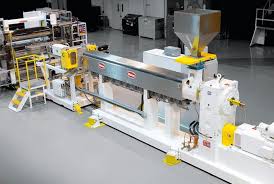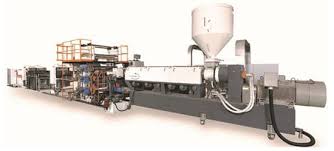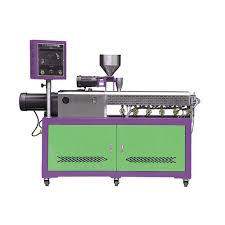In the fast-paced world of food innovation, manufacturers and researchers need agile, precise, and versatile equipment to test new formulations and processing techniques. The twin-screw food extruder for piloting is designed specifically for this purpose. Ideal for R&D labs, pilot plants, and small-scale production environments, this extruder enables testing and development before full-scale rollout—saving time, reducing waste, and accelerating product development.
What Is a Twin-Screw Food Extruder?
A twin-screw food extruder uses two intermeshing screws rotating inside a heated barrel to mix, shear, cook, and shape food ingredients. Compared to single-screw systems, twin-screw extruders offer superior control over process parameters and material handling—making them perfect for complex or sensitive formulations.
In pilot-scale systems, these machines are smaller in size but retain the flexibility and accuracy of industrial-scale units. They are used to replicate large-scale processes in a controlled environment for testing purposes.
Why Use a Twin-Screw Extruder for Piloting?
Formulation Testing: Optimize recipes for snacks, cereals, meat analogs, or pet food.
Process Simulation: Model full-scale production behavior before scaling up.
Ingredient Evaluation: Test new proteins, starches, binders, or flavor systems.
Cost Efficiency: Reduce raw material usage and avoid large-batch failures during development.
Training and Education: Ideal for universities and food tech centers to train future food scientists.
Key Features
Modular Barrel Design: Allows adjustment of screw configuration, residence time, and shear intensity.
Precise Temperature Control: Multiple heating zones ensure consistent cooking and gelatinization.
Versatile Feed Options: Supports dry powder, liquid, and slurry inputs.
Die Flexibility: Easily interchangeable dies for producing various shapes—noodles, puffs, pellets, etc.
Compact Size with Full Control: Offers industrial-level accuracy in a lab-friendly footprint.
Common Applications
Plant-Based Meat and Seafood Alternatives
High-Protein Snacks and Cereal Extrudates
Nutraceuticals and Functional Food Prototypes
Pet Food and Aquafeed Testing
Texturized Vegetable Protein (TVP) Development
Benefits for R&D and Product Development Teams
Rapid Prototyping: Test dozens of variations in a short time frame.
Data-Driven Decisions: Collect process data (pressure, torque, temperature) for optimization and scale-up.
Reduced Risk: Identify potential production issues at the pilot stage rather than during full-scale runs.
Regulatory Testing: Produce enough material for shelf-life, nutritional, or compliance analysis.
What to Look for in a Piloting Twin-Screw Extruder
When investing in a twin-screw food extruder for piloting, consider:
Screw Diameter (e.g., 20–30mm for lab-scale work)
L/D Ratio (length-to-diameter ratio to control cooking time)
Motor Power and Torque Output
User Interface (PLC or touchscreen controls for real-time monitoring)
Cleaning and Maintenance Access
Final Thoughts
A twin-screw food extruder for piloting is more than just a scaled-down version of a production line—it's a strategic tool for innovation. It empowers food scientists, startups, and established brands to explore new products, refine processes, and bring better food to market faster and more efficiently.


